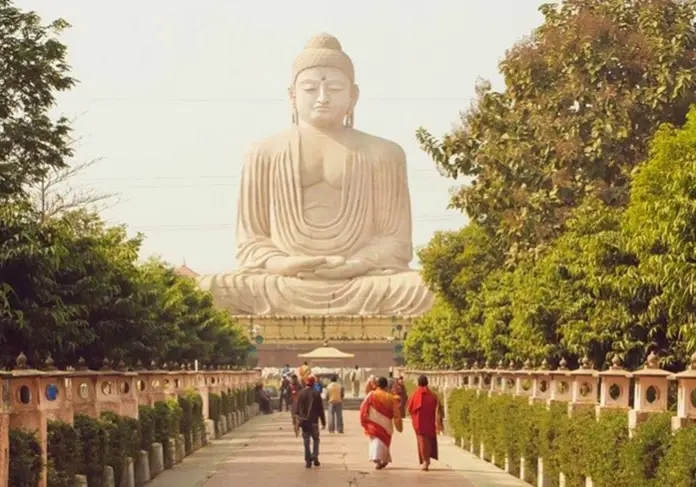By Abid Kakar
Pakistan has an abundance of diverse tourist attractions. It has an amazing fusion of options for tourism that are religious, cultural, and natural. Based on data from the Pakistan Tourism Development Corporation (PTDC), the nation has 480 tourist locations, 120 of which are religious monuments. An estimated 900,000 foreign visitors come to Pakistan annually. The tourist sector generates $3,214.9 million, or roughly 1.2 percent of the nation’s GDP. International travel agencies estimate that there is a $100 million market for Buddhist tourism worldwide. For them, the Gandhara region of Pakistan, which includes Taxila, Swat, and Mardan, has particular significance. Buddhist travelers from all over the world are drawn to the large to medium sized stupas of Gautam Buddha, the founder of Buddhism, as well as other historical landmarks in Pakistan’s northwest tribal belt, which stretches from the northern Gilgit-Baltistan region to the Swat tourism valley.
There is currently a negligible Buddhist population in Pakistan. On the other hand, the epicenter of Buddhist teachings has been the region for so long. The world is familiar with the well known Buddhist sites in Taxila and Gandhara. The Gandhara relics are 2,000 years old. A 30- kilometer radius around Taxila is home to more than 50 archaeological sites. These locations are well known for their significance to the grandeur and culture of Buddhism. About 2000 Buddhists visit Pakistan’s sacred sites, according to the PTDC. This falls much short of the actual potential.
Most importantly, every Buddhist heritage site has been granted heritage protection and is completely safeguarded. In the past few years, Pakistan has witnessed a notable surge in the number of Buddhist tourists from China, Japan, Korea, Hong Kong, and Sri Lanka. Thousands of Buddhists reside in Pakistan, where they are granted all the same benefits, rights, and freedoms as other residents. Takht Bhai, the Stupa of Mankiala, the Dharmarajika Stupa, the Sleeping Buddha, and the Gandhara civilization are the most revered and visited Buddhist sites in Pakistan.
Buddhists travel in droves to Takht Bhai, a small picturesque hamlet some 160 kilometres from Islamabad, to view the historic monastery that dates back to the first century. Takht Bhai sites have been included in the UNESCO heritage. Of the fifty million Mahayana Buddhists in Korea, China, and Japan, Takht Bhai alone has the capacity to draw a significant number of them. Additionally, a Mesolithic cave and the archaeological remnants of multiple Buddhist monasteries can be found at Taxila, another significant site that is also highly revered by Buddhists. Furthermore, Jaulian, Seat of Saints, the Buddhist monastery Jaulian, whose name means “Seats of Saints.” is located near the city of Taxila and the Punjab provice line in the Khyber Pakhtunkhwa province’s Haripur district. Jaulian, together with the neighbouring Mohra Muradu monastery, is a component of the Ruins of Taxila, an ensemble of 1980 UNESCO World Heritage Site recognized excavations. The Gandhara Research and Resource Centre has been established in an attempt to revive Taxila’s history as a centre for learning.
The swift expansion of religious and cultural tourism in recent times has presented numerous governments with novel prospects for generating financial resources. Nevertheless, Pakistan has not yet really embraced the idea of religious tourism, despite the country’s vast potential for it. Meeting the tourist’s spiritual and religious requirements is the main goal of this kind of tourism. People visiting Pakistan to pay respect to their religious places will get a chance to see the Pakistani society. It will open up culture of dialogue among the people of varied religions’. The respect for each other’s faith will promote understanding among people, and will significantly contribute towards inter-religious harmony.
Pakistan must create rules that support methods for creating, overseeing, and promoting tourism. As a useful tool to encourage regional cohesion and growth, the government could create networks of religious tourism destinations, cross-country pilgrimages, and religious tourism routes. For the immense potential of Buddhist religious tourism in Pakistan to be realized, a small step in the correct direction is needed.
Abid Kakar:
The Writer is a Law Student at International Islamic University, Islamabad.







